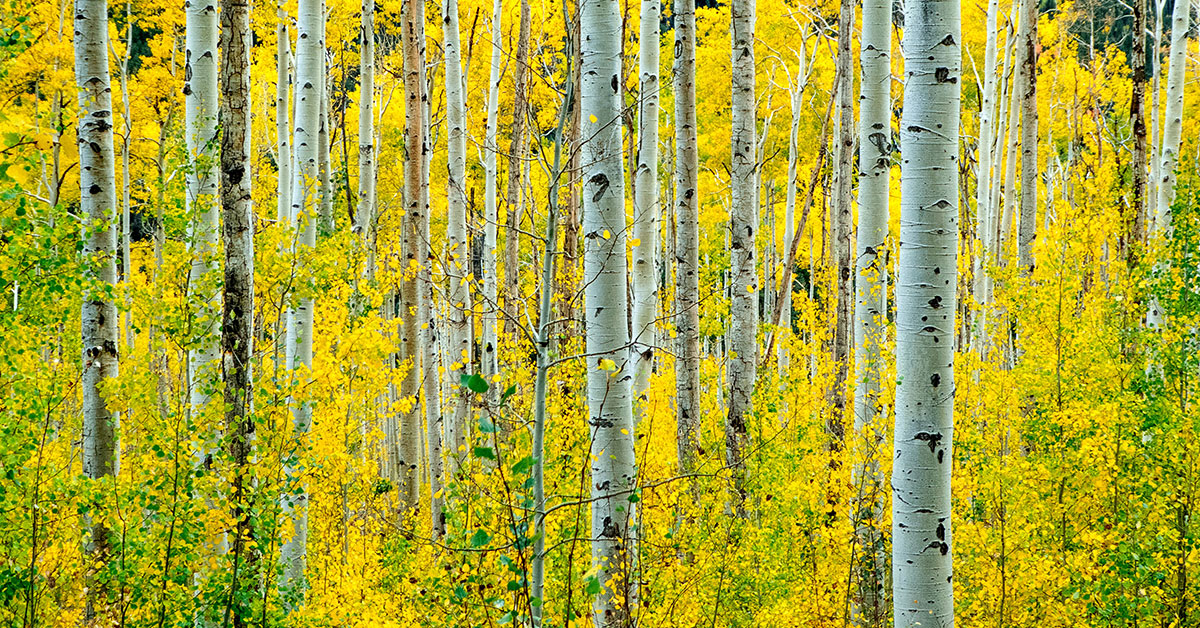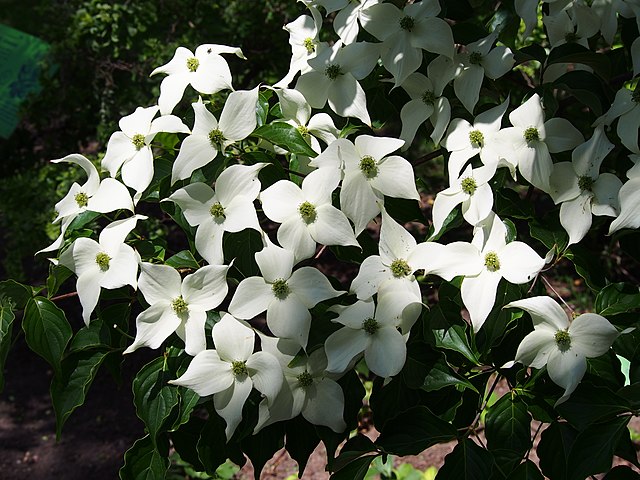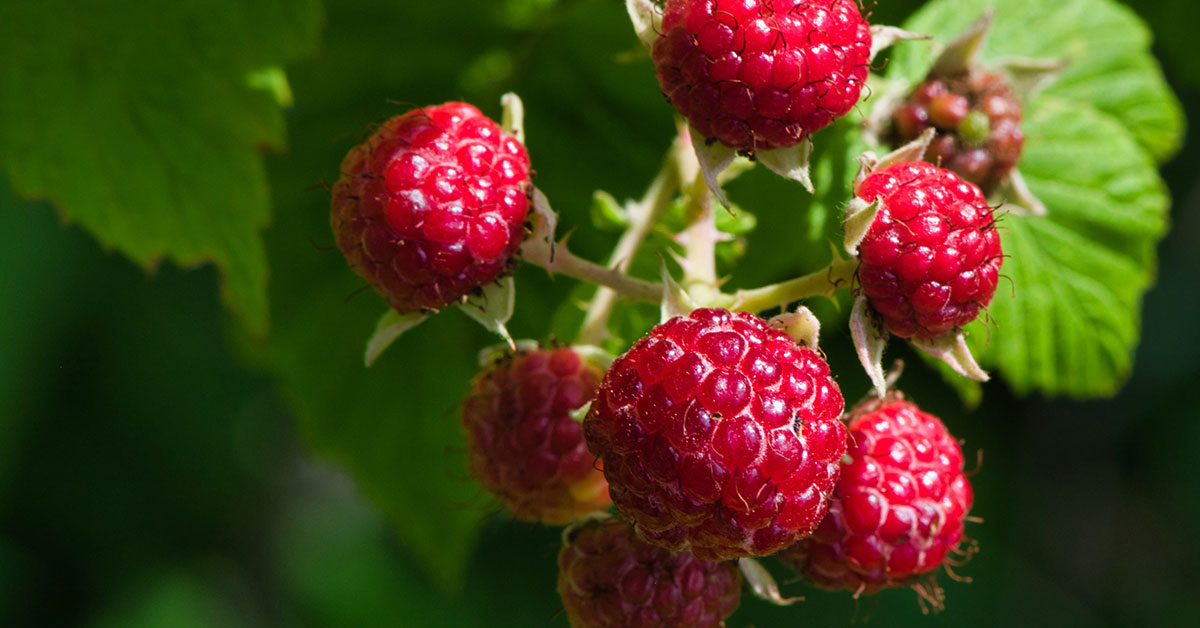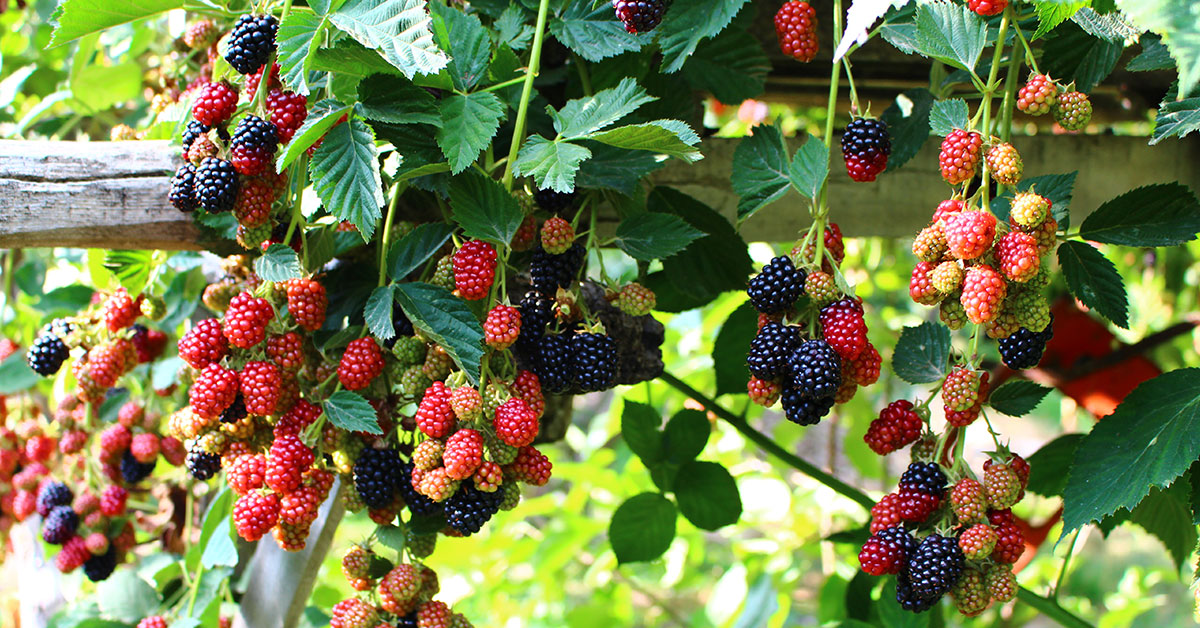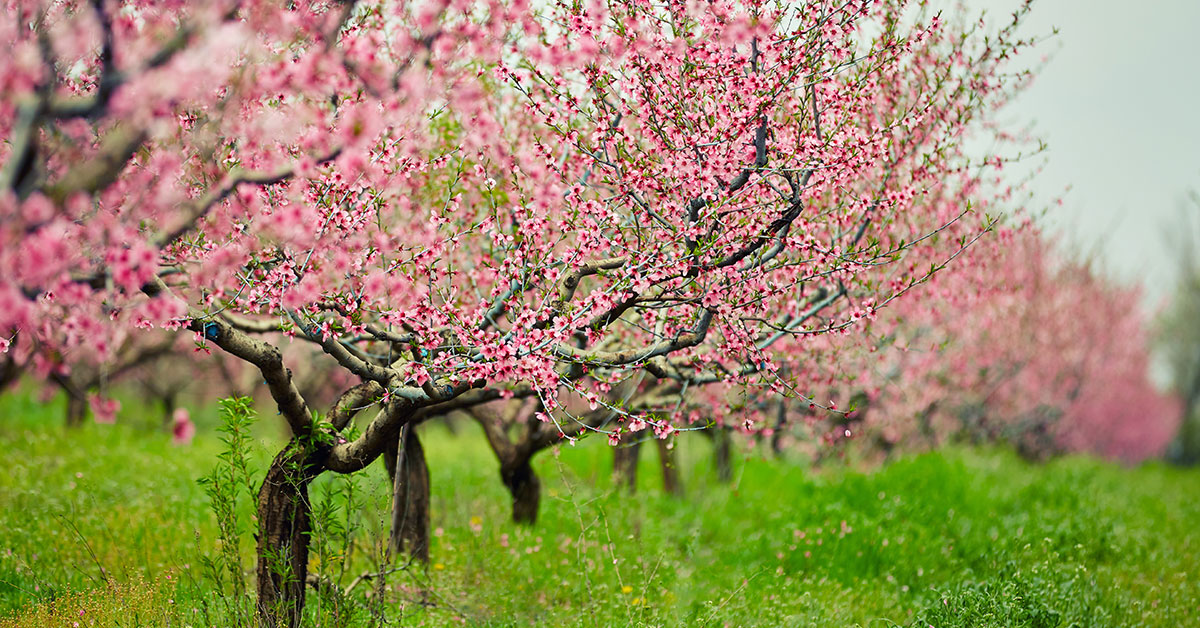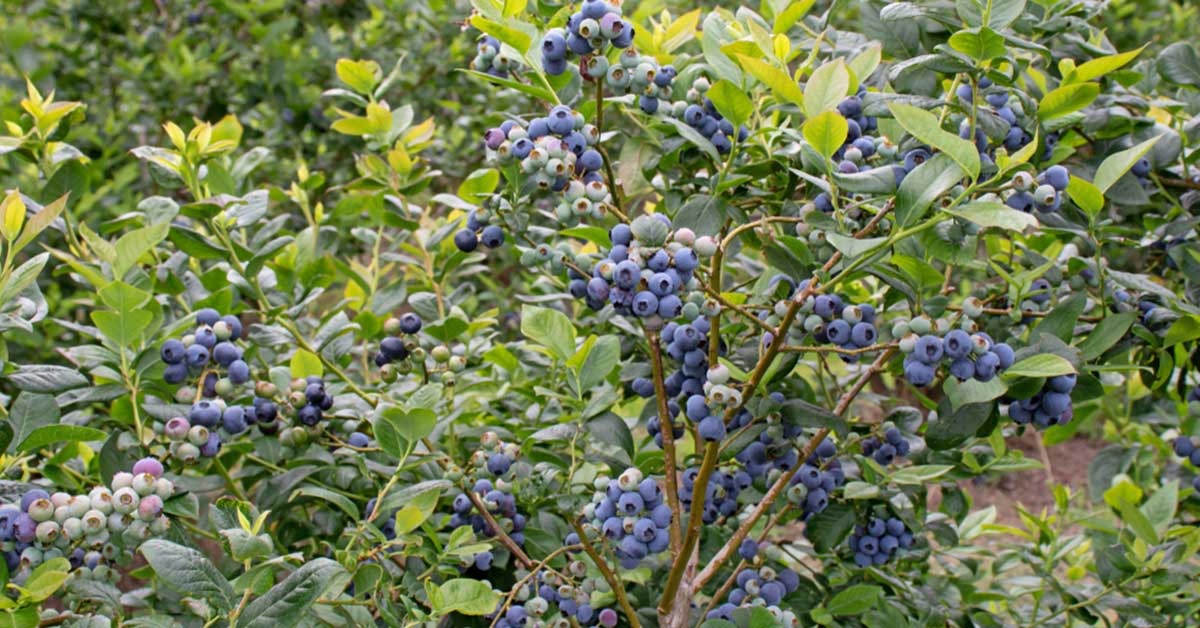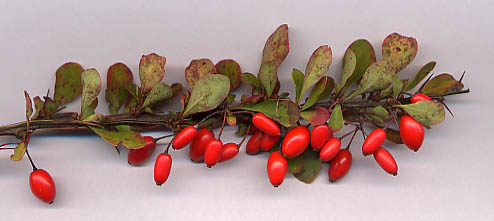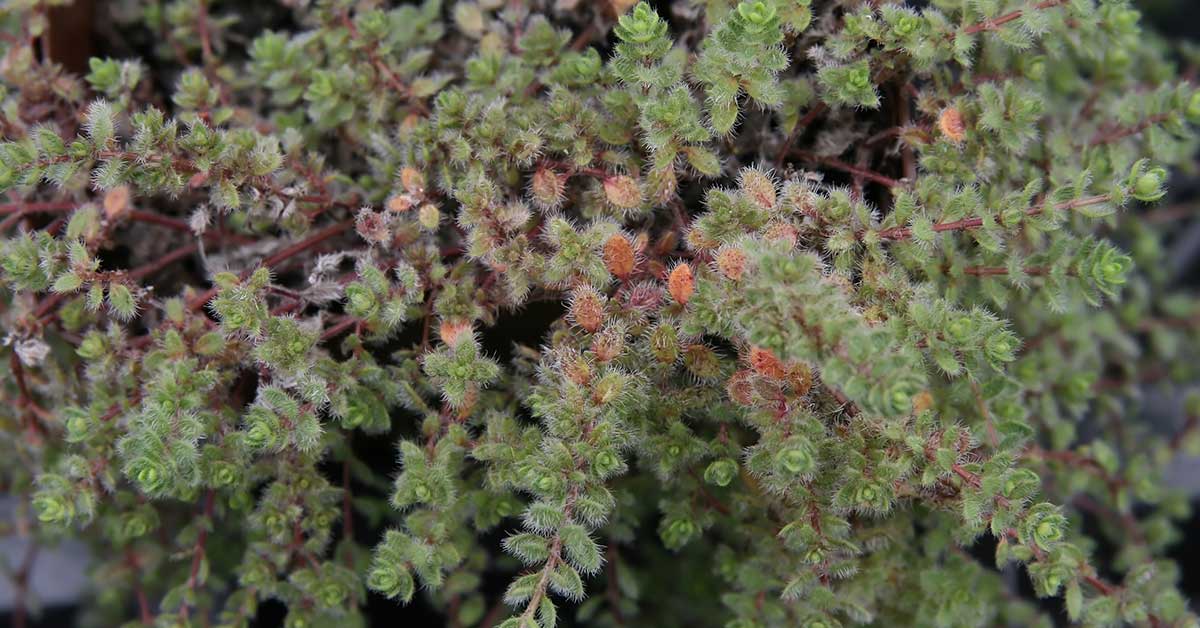Fall is my favorite time of the year, which may be surprising to hear from a gardener. I love watching the foliage of the trees change to reds, oranges, purples, and of course yellows, and put my garden to rest for the year. Trees with yellow fall leaves are especially nice because of their vibrant, cheerful colors. The yellow leaves have a way of bringing life and energy to any space. Not only do they make us feel happier, but they also bring a feeling of warmth and comfort.
The sight of yellow leaves swaying in the fall breeze is an unmistakably beautiful sight that we can enjoy for weeks on end. The color yellow is often associated with happiness and optimism. Additionally, the sight of these golden leaves can be an uplifting reminder to enjoy life’s little moments. These are some of my favorite trees with yellow fall leaves.
Trees with yellow fall leaves
Below is our curated list of trees that erupt in yellow leaves every fall. Remember, before you purchase and plant a tree, check to be sure it grows in your growing zone, and of course, always err on the side of planting native trees over non-native trees.
Cornelian Cherry (Cornus mas)
The Cornelian Cherry (Cornus mas) is a deciduous flowering shrub native to southeastern Europe and southwestern Asia. It can grow up to 20-25 feet in height and has a rounded, spreading habit with bright green leaves that turn yellow in the autumn. The flowers are yellow and bloom in late winter to early spring. The fruit is edible and can be used to make jams and jellies, though it is a bit sour. It is hardy in USDA hardiness zones 5a to 8a and prefers full sun to partial shade. Cornelian cherry trees are easy to care for and require minimal pruning. It is drought and wind-tolerant once established and can thrive in a variety of soil types.
Black Tupelo (Nyssa sylvatica)
The black tupelo tree is a stunning sight in the fall, as its glossy green leaves turn a deep yellow hue. These trees are native to the eastern United States and can be found in hardwood forests and bottomlands. They grow to a mature height of 50 to 70 feet, with a spread of 25 to 35 feet. Thriving in USDA hardiness zones 4-9. The gray-brown, furrowed bark of the black tupelo tree is quite striking and provides an excellent contrast to the bright yellow fall foliage. The leaves of the tree are simple, alternate, and oval-shaped, with a pointed tip. The flowers of the black tupelo tree are very small, pale yellow-green in color, and have a sweet, honey-like fragrance. In the fall, the leaves of the tree turn a brilliant yellow color, making these trees a popular sight during the autumn season.
Chinese Tulip Poplar
Chinese tulip poplar trees are a stunning sight to behold in the fall. Their yellow fall leaves are one of their most beautiful features. These deciduous trees are native to China and have been used in landscaping for centuries. They have a unique shape with large leaves that turn bright yellow in the autumn. The yellow hue of the leaves is a stunning contrast to the deep green of the evergreen trees that surround them. As the leaves fall, they create a beautiful carpet of yellow hues. The Chinese tulip poplar tree is a great addition to any landscape, and its lovely yellow leaves will make any fall day brighter.
Ginkgo (Ginkgo biloba)
Ginkgo trees are a unique species of tree that are native to eastern and southeastern Asia. These trees are well known for their unusual fan-shaped leaves and their beautiful yellow fall foliage. Usually thriving in USDA hardiness zones 4-9. During the autumn months, ginkgo trees turn a vibrant shade of yellow, making them a popular choice for landscaping. The leaves of the trees are also known for their distinct shape and for their pungent odor. The ginkgo tree is a slow-growing species, but is a hardy and long-lived tree, often living for over a thousand years. This makes it a great choice for homeowners looking to add a bit of timeless beauty to their garden.
Witch Hazel (Hamamelis virginiana)
Witch hazel trees are a popular choice for landscaping, as their vibrant yellow fall leaves provide a stunning contrast to the surrounding foliage. These are deciduous trees, meaning they lose their leaves in the fall, and their yellow-orange leaves make a stunning show of color. These trees tend to thrive in hardiness zones 3-9. Additionally, witch hazel trees are also very adaptive and can thrive in a variety of conditions. They can be a great addition to any backyard, as they remain relatively small, making them an ideal choice for smaller spaces. Witch hazel trees are also known for their fragrant flowers in the late fall, which can add a beautiful seasonal touch to any landscape.
Larch (Larix occidentalis)
Larch trees are deciduous conifer that is native to the Northern Hemisphere. They are distinctive for their bright yellow fall foliage, which stands out against the evergreen background of other conifers. Larch trees are highly adaptable, able to grow in soils with low fertility and can even tolerate wet, marshy ground. Usually growing in hardiness zones 2-6. In addition to their beauty, larch trees are also valued for their timber, which is relatively lightweight and strong. Wood is often used in construction and boat building. The autumn season is a particularly beautiful time to be in the presence of larch trees, as their vibrant yellow leaves stand out against the backdrop of other evergreens.
Honey Locust (Gleditsia triacanthos)
The honey locust tree is a stunning addition to any landscape. With its beautiful yellow fall leaves, it adds to the autumnal beauty of any yard. The honey locust tree is a medium-sized tree, with a broad, dense canopy that provides ample shade and is perfect for creating privacy. Growing in hardiness zones 4-9. It is also very tolerant of drought and urban conditions, making it a great choice for areas with limited water resources. The leaves of the honey locust turn from green to yellow, providing a bright and cheerful addition to any landscape. The honey locust is an excellent choice for a low-maintenance tree that will provide fall color and long-term beauty to any yard.
Staghorn Sumac (Rhus typhina)
Staghorn sumac trees (Rhus typhina) are a beautiful sight in the fall when their leaves turn a brilliant yellow. These deciduous trees are native to eastern North America and are known for their large, compound leaves and fuzzy, velvety red fruit clusters. They are fast-growing trees and can reach up to 30 feet tall and wide. Growing in hardiness zones 4-9. In the fall, these trees are a stunning addition to any landscape with their bright yellow leaves. Making them the perfect choice for a fall garden. Staghorn sumac trees have the added bonus of providing food and shelter to many birds and mammals, making them an excellent addition to any wildlife-friendly landscape.
Beech Tree (Fagus sylvatica)
Beech trees are a beautiful sight during the fall season. With their tall, slender trunks and branches, they are a striking addition to any landscape. During the fall, the beech trees are adorned with large, yellow leaves that stand out among the other trees in the area. Growing in hardiness zones 4-9. The contrast of the yellow leaves against the evergreen backdrop of the other trees creates a stunning display of color. The leaves are also unique because they have a waxy coating that makes them appear shiny in the sun. As the leaves start to fall, they add a bright touch of color to the ground. Beech trees are a beautiful addition to any landscape and their yellow fall leaves add a unique and vibrant touch.
Cherry Dogwood (Cornus mas)
Cherry Dogwood trees are a stunning sight to behold in the fall. Their brilliant yellow leaves provide a stunning contrast to the lush, green foliage of the summer. Thriving in hardiness zones 4-6. The leaves are a beautiful buttery yellow that can light up any landscape. When the leaves fall, they create a stunning carpet of gold that can look like a painting. These trees provide a unique pop of color in the fall, adding a special touch to any garden or landscape. With their delicate blooms, strong branches, and spectacular color, Cherry Dogwood trees are a great addition to any yard.
Silver Birch (Betula pendula)
The silver birch tree is one of the most iconic trees in the northern hemisphere. Native to Europe, Asia, and parts of North America, the silver birch is an elegant tree with a white trunk and gracefully drooping branches. Growing in hardiness zones 2-7. In autumn, the silver birch tree is especially beautiful, when its bright yellow leaves turn the forests into a breathtaking golden hue. The silver birch is a great addition to any garden or landscape, as it provides a stunning backdrop for other trees and plants. Its graceful shape and stunning yellow leaves make it a favorite among gardeners and nature lovers alike.
Japanese Maple (Acer palmatum)
Japanese maple trees are a favorite among gardeners and landscapers alike, thanks to their beautiful yellow fall leaves. The trees have a delicate form, with branches that sweep gracefully across the sky. Their leaves are a stunning red-orange color in the fall, which is often accentuated by the bright yellow of the yellow fall leaves. The trees are also known for their durability, as they can survive in climates from Zone 5 to Zone 8. They make a beautiful addition to any landscape, as their beautiful yellow fall leaves provide a stunning contrast to the greens and blues of other trees in the area.
Sugar Maple (Acer saccharum)
Sugar maple trees are a favorite among many for their stunning display of yellow and orange foliage during the fall season. Growing in hardiness zones 2-6. The leaves of a sugar maple typically turn a bright yellow hue, providing a beautiful contrast with the surrounding vegetation. The trees are also popular for their sap, which is often boiled down to make maple syrup. The sugar maple is quite durable and can survive in a variety of climates, making it an excellent choice for ornamental planting. It is a great way to add a splash of vibrant color to any landscape during the autumn months.
Quaking Aspen (Populus tremuloides)
Quaking aspen trees are a beloved sight of the fall season. In late September and October, their leaves turn a brilliant yellow, providing a striking contrast against the evergreen backdrop of the mountains. Growing in zones 2-6. The leaves of the quaking aspen tree dance in the breeze, creating a beautiful sound. Additionally, the sight of thousands of quaking aspens, their leaves swaying in the wind, is a sight to behold. Quaking aspens are one of the few deciduous trees in high mountain regions. Providing a stunning display of fall foliage each year.
Tulip Tree (Liriodendron chinensis)
Tulip trees are a stunning species of tree that are native to the eastern parts of North America. They are known for their tall stature and beautiful yellow fall leaves. The leaves of the tulip tree emerge in a bright yellow in the early fall, creating a stunning contrast against the blue sky. Usually growing in hardiness zones 4-9. The leaves can often last into the winter months, providing a bright spot of golden color in the otherwise barren landscape. These trees are also known for their fragrant blooms that appear in the early summer months, with the delicate petals of the tulip flower lasting until the end of the season. Tulip trees are a beautiful addition to any garden or landscape, providing a stunning display of yellow in the fall and a cheerful scent in the summer.
Shagbark Hickory (Carya ovata)
Shagbark hickory trees are a beautiful sight to behold in the autumn months. Their yellow-orange leaves are a stunning contrast to the more common red and orange hues of other trees. Growing in hardiness zones 4-8. The leaves are long and thin and, when rustling in the wind, create a peaceful and tranquil atmosphere. During the fall, shagbark hickory trees produce an abundance of nuts that are edible and often used in baking. These trees are great additions to any landscape and add a layer of beauty and serenity to any outdoor space.


